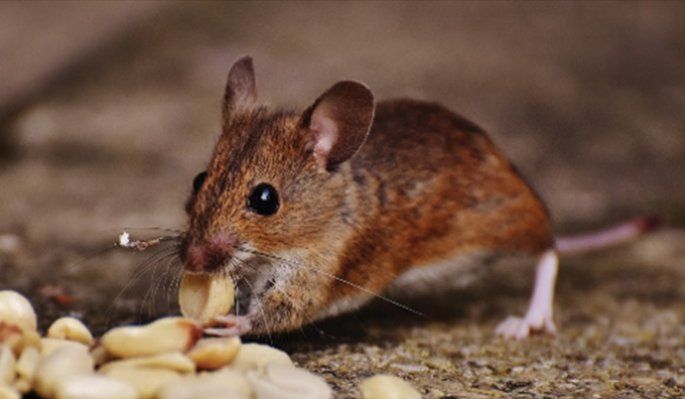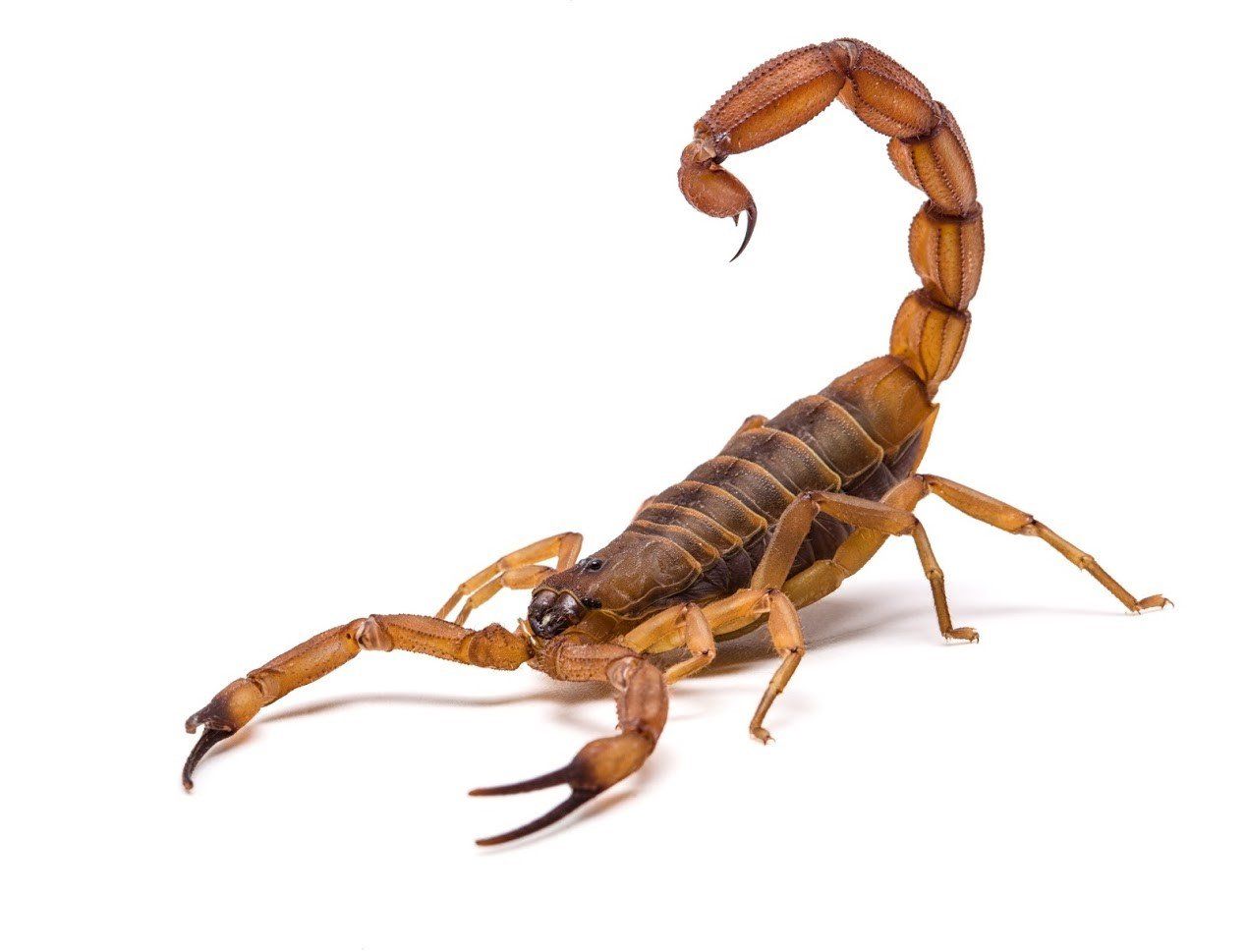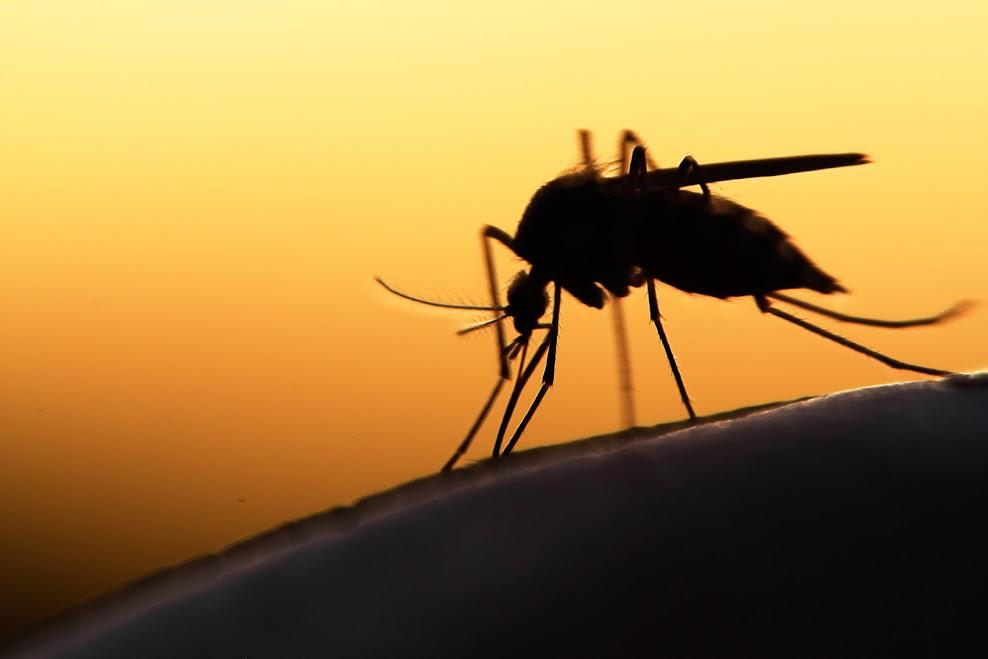Blog Layout
Why Are Silverfish So Common in Texas Homes?
Admin • July 30, 2019
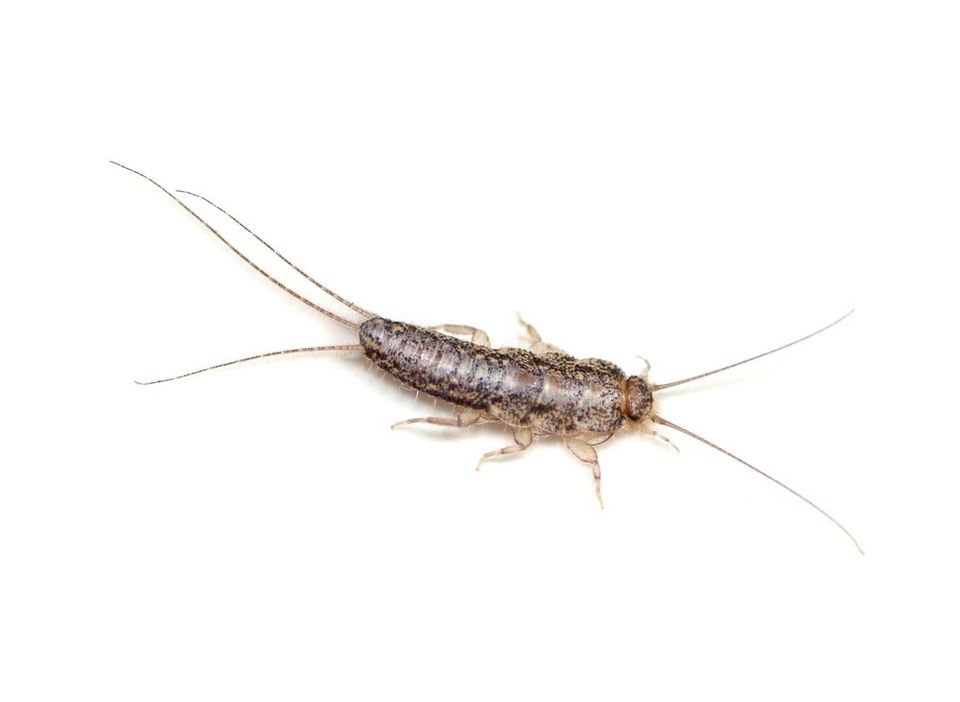
Whether you call them silverfish or fish moths, these slender, silver-skinned creatures can be a true nuisance in the home. Not only do they eat and contaminate your food, but they can destroy wallpaper, books, pictures, and other starchy items. Silverfish are especially a big problem in Texas homes, but why is that? What can you do to make your Texas home less appealing to them? Take a look.
Why Are Silverfish So Common?
Silverfish need two conditions to thrive: heat and humidity. Texas is definitely a hot place, and that year-long heat helps silverfish reproduce more rapidly. Their eggs hatch sooner when it is warm outside, and females fit more laying sessions into the year when it stays warm for so long. The more silverfish eggs females lay, the faster the population grows.
The silverfish's preference for humidity might be a little confusing since Texas tends to be dry. However, Texas homes are comparatively humid. Silverfish move indoors because they are in search of humidity that they cannot find outdoors in Texas. This is largely why silverfish are so commonly found indoors in Texas when they're more likely to live outdoors in other parts of the country.
How Can You Get Rid of Silverfish?
Now that you know why silverfish are so common in Texas, you can devise a better plan to get rid of them. Here are some strategies that work.
Reduce Humidity Levels
Since humidity is a key factor that draws silverfish into homes, reducing humidity can help make your home less appealing to them. By lowering humidity levels, you can also slow down the rate at which eggs hatch, which can give you more time to clean them up before they hatch.
Here are some easy ways to reduce home humidity levels:
- Run your air conditioner, even later in the fall when temperatures are not as high. Air conditioners remove humidity while cooling.
- Turn your ceiling fans on. They circulate air and encourage moisture to evaporate.
- Take shorter or cooler showers to generate less moisture.
- Dry your clothing outside or use an outside-vented clothes dryer, rather than hanging clothes to dry indoors.
- Keep fewer houseplants; they release moisture.
- Repair cracks in foundations and around windows, which may let rainwater inside.
Aim to keep your relative indoor humidity between 45 and 55%. Many modern thermostats will also tell you your humidity level, or you can install a separate humidistat to track that number.
Clean Corners and Remote Areas
Some Texas homeowners treat their homes for silverfish only to have the bugs return again a few weeks or months later. This usually happens because they failed to rid the home of eggs. Silverfish eggs take 19 to 32 days to hatch. These pests often lay their eggs in well-hidden areas such as behind a couch, in the backs of drawers, and under rugs.
In addition to having your home treated with insecticides to kill adult bugs, make sure you deep-clean to remove eggs. Silverfish eggs are only about a millimeter long, so you probably won't even see them mixed into the dust and debris you're cleaning up — but assume they are there.
Store Food Sources Properly
If you do miss a few silverfish eggs and they hatch, you want to ensure those insects do not have anything to eat. Seal all of your food into plastic or glass containers. Keep pet food cleaned up, and store all of your paper items, including books and toilet paper, either in sealed plastic totes or in an open area where they'll be less tempting to bugs.
Silverfish love Texas homes as much as you do, but unfortunately, they do not belong there. If you've noticed any of these pests in your home, follow the tips above, and contact Southwest Exterminating Company. We offer organic pest control solutions for all common Texas pests.
Share
Tweet
Share
Mail
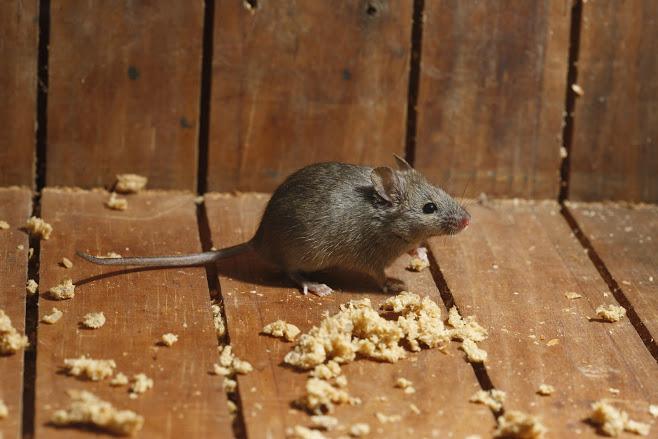
June 14, 2019
If you have mice in your house, don't let them a minor problem turn into a major infestation. You might think that one or two mice in the attic isn't a big deal, but that's simply not the case. The common house mouse can give birth to between five and ten litters per year, with the average litter size being anywhere from 3 to 14 mice. Unfortunately, mice aren't mere nuisances; they're a major risk for you, your family, and your home. If you've discovered mouse activity in your home, here are five potential risks you face. 1. Chewed Electrical Wires If you've discovered mice in your home, you have to assume that they've found their way behind the walls, which is where most of the electrical wires are located. Unfortunately, mice will chew through anything they come in contact with, which includes the electrical wires. The first part of the wire that mice chew through is the protective cover. Once that's gone, the wires are left exposed, which increases your risk for electrical fires. 2. Damaged Attic Insulation If mice have found their way into your home, they'll make a beeline for the attic. After all, they'll find plenty of dark spaces to hide out in and an abundance of material for nest-building. Unfortunately, the material they'll most likely use is your insulation. Once they tear up the insulation for their nests, your home will lose out on the energy efficiency. Not only that, but the insulation that does remain in your attic will be saturated with mouse urine and feces, which will fill your home with unpleasant odors — not to mention the fact that mouse urine and feces cause breathing problems for humans and animals. In fact, the hantavirus pulmonary syndrome is commonly spread by mouse droppings. 3. Contaminated Counters and Food If mice leave the confines of your attic and walls, they usually head towards your kitchen, where they'll find plenty of food. Unfortunately, while they travel through your kitchen, they'll contaminate your counters and your containers — not to mention the contamination they'll introduce to the food that they attempt to eat in the cabinets. Contamination that is left behind by mice can pose serious health risks to you and your family. The contamination can also be costly since you'll need to replace all the food that the mice come in contact with. 4. Increased Allergic Reactions If mice are allowed to infest your home, you and your family run an increased risk of severe allergic reactions and breathing disorders. This is particularly true of young children, who have an increased sensitivity to rodent dander and droppings. Your young children may suffer from allergic respiratory disease, as well as more severe symptoms associated with asthma. The problem can be made worse once mice find their way into the heater and air conditioner ducts because the dander and droppings in the ducts get blown through the house. 5. Infected Bed Space If mice have taken over your home, they may have found a way into your beds at night. Mice will travel throughout your home while you're asleep. If you've had a snack in bed, or you've sent an infant to bed with a bottle, mice will be attracted to those odors, which means your bed space is no longer safe from mice-related diseases, contamination, or the fleas that might transfer from the mice to your bed. Unfortunately, fleas can carry the same diseases as the mice that brought them into your house and can easily spread from one person to another. Those house mice might be furry and small, but they're not safe. If you've discovered mice in your house, and you're in the Houston, TX area, contact us at Southwest Exterminating. We'll take care of your rodent infestations right away.
BROWSE OUR WEBSITE
HOURS OF OPERATION
- Mon - Fri
- -
- Saturday
- -
- Sunday
- Closed
HOURS OF OPERATION
- Mon - Fri
- -
- Saturday
- -
- Sunday
- Closed
Content, including images, displayed on this website is protected by copyright laws. Downloading, republication, retransmission or reproduction of content on this website is strictly prohibited. Terms of Use
| Privacy Policy

